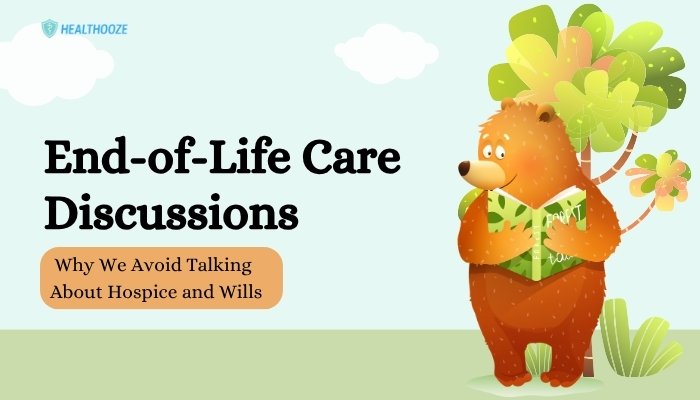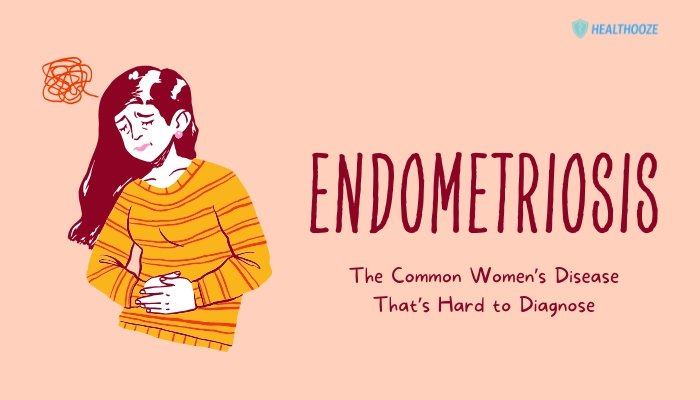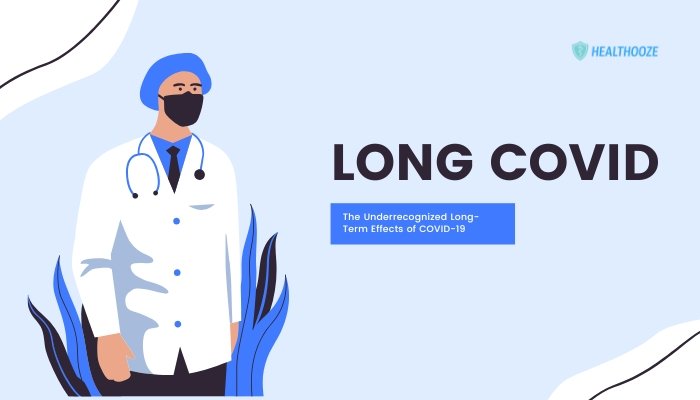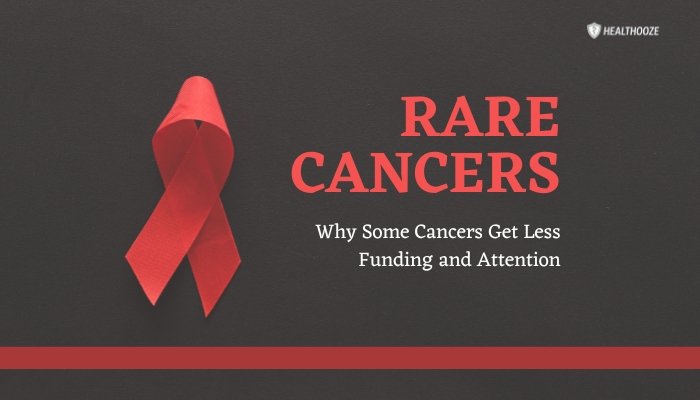Introduction
Conversations around end-of-life care, ranging from hospice options to advanced directives and wills, often feel uncomfortable or taboo. Few relish discussing mortality, let alone making decisions about ventilators, feeding tubes, or inheritance.
But sidestepping these topics can lead to families grappling with uncertainty about a loved one’s wishes, or patients receiving interventions they never wanted. This article explores why we resist end-of-life planning, the potential fallout of avoiding it, and how open dialogue fosters more peaceful, intentional final chapters.
Why Are End-of-Life Conversations Hard?
Cultural Taboos Around Death
Many societies link death to fear, sadness, or mystique, discouraging open dialogue. Families feel it’s morbid to plan for funerals or living wills in earlier, healthier years. The result? When a sudden illness strikes or terminal disease worsens, urgent decisions happen under stress and confusion.
Emotional Discomfort
Even the bravest patients can find it daunting to articulate “Do Not Resuscitate” orders or funeral preferences. Loved ones might dismiss the conversation with phrases like “Don’t talk like that!” to shield themselves from distress, inadvertently stalling crucial planning.
Misconceptions of Hopelessness
Some fear that discussing hospice means “giving up” on recovery or that drafting a will somehow hastens death. In reality, advanced care planning can actually empower families and lighten the emotional burden when the time to decide arrives.
Consequences of Avoiding the Topic
Confusion and Conflict
When a patient’s condition deteriorates without having chosen whether to proceed with invasive treatments, family members can disagree. Emotions can run high, sometimes leading to conflict or guilt over guessed decisions.
Unwanted Aggressive Treatments
In the absence of explicit directives, medical teams may default to aggressive interventions—like mechanical ventilation or CPR—that may prolong pain and distress rather than comfort. Many who prefer a dignified, less invasive passing never express that preference.
Legal and Financial Entanglements
Without a valid will or estate plan, families might face drawn-out legal processes (probate disputes, inheritance confusion). Additionally, costs for unplanned end-of-life care can mount, leaving survivors with financial strain and unresolved tensions.
Benefits of Early, Transparent Discussions
Autonomy and Empowerment
Choosing palliative or hospice care doesn’t equate to giving up; it often means prioritizing comfort and emotional/spiritual support. Having one’s choices documented (e.g., living will, advanced directives) clarifies intentions, enabling respectful compliance when the patient can’t speak for themselves.
Emotional Relief for Families
Loved ones who know a patient’s preferences feel less anxiety or guilt in the end. They can concentrate on spending meaningful time together rather than agonizing over whether the patient would have approved of certain treatments.
Smoother Care Transitions
Hospice teams specialize in symptom relief, holistic well-being, and guiding families. If introduced early, patients can form trusting relationships with staff and enjoy more comfortable days, possibly at home or in a familiar setting.
Approaches to Starting the Conversation
Gentle, Incremental Discussion
Instead of a single, heavy talk, break end-of-life planning into smaller chats. Maybe begin by discussing a living will or naming a healthcare proxy. Later on, address burial preferences or hospice decisions if needed.
Use Real-Life Examples
When a family or friend experiences a tough scenario—like an older relative forced into unwanted tubes and procedures—this can open an honest dialogue: “How do we avoid that? Let’s plan for ourselves.”
Professional Guidance
- Medical Providers: Doctors, nurses, or palliative care specialists can clarify prognoses and likely outcomes, bridging misinformation.
- Legal Advisors: An attorney can draft wills, living trusts, or advanced directives according to local laws.
- Therapists or Counselors: If grief or fear impedes conversation, mental health professionals can facilitate calmer, more productive communication.
Embracing Hospice and Palliative Care
Hospice Basics
Hospice focuses on comfort, pain management, and emotional support for patients nearing the end of life (usually with a prognosis of six months or less if illness follows its normal course). Services extend to families, offering respite care or grief counseling.
Palliative Care vs. Hospice
While hospice is reserved for terminal conditions typically without curative intent, palliative care can begin at diagnosis of a serious illness, concurrent with treatments. Both aim to enhance quality of life, but palliative care doesn’t require ceasing curative measures.
Myth-Busting Hospice
Some fear hospice shortens life or means “you’ve given up.” Evidence suggests timely hospice referrals can boost emotional well-being, reduce unnecessary hospital stays, and grant patients a sense of control over final decisions.
Practical Tools for Planning
Advanced Directives
Legal forms specifying what medical interventions a person does or does not want if they become incapacitated. E.g., Do Not Resuscitate (DNR), Do Not Intubate (DNI), or instructions about feeding tubes.
Living Wills and Healthcare Proxies
A living will covers broader conditions, from pain management requests to organ donation preferences. Meanwhile, a healthcare proxy (or power of attorney for health) designates someone to make medical decisions if the patient loses decision-making capacity.
Estate and Funeral Pre-Planning
Drafting a will, clarifying beneficiaries, and even planning funeral details remove guesswork for survivors. This fosters clarity and reduces potential legal or financial disputes.
Conclusion
The reluctance to discuss end-of-life care is deeply rooted in cultural, emotional, and spiritual apprehensions about mortality. However, avoiding these conversations can leave families unprepared and loved ones subjected to treatments they never desired. By normalizing open, compassionate talk about hospice, advanced directives, or final wishes, individuals can secure the comfort and dignity they deserve. Professional guidance and incremental, honest communication ensure that these critical decisions reflect personal values and that both patients and families feel less burdened by the unknown. Ultimately, the biggest gift is peace of mind—knowing that, when the time comes, choices are clear and respected.
References
- Institute of Medicine (US). Dying in America: Improving Quality and Honoring Individual Preferences Near the End of Life.
- World Health Organization. Palliative care definition and resources.
- https://nhpco.org/







